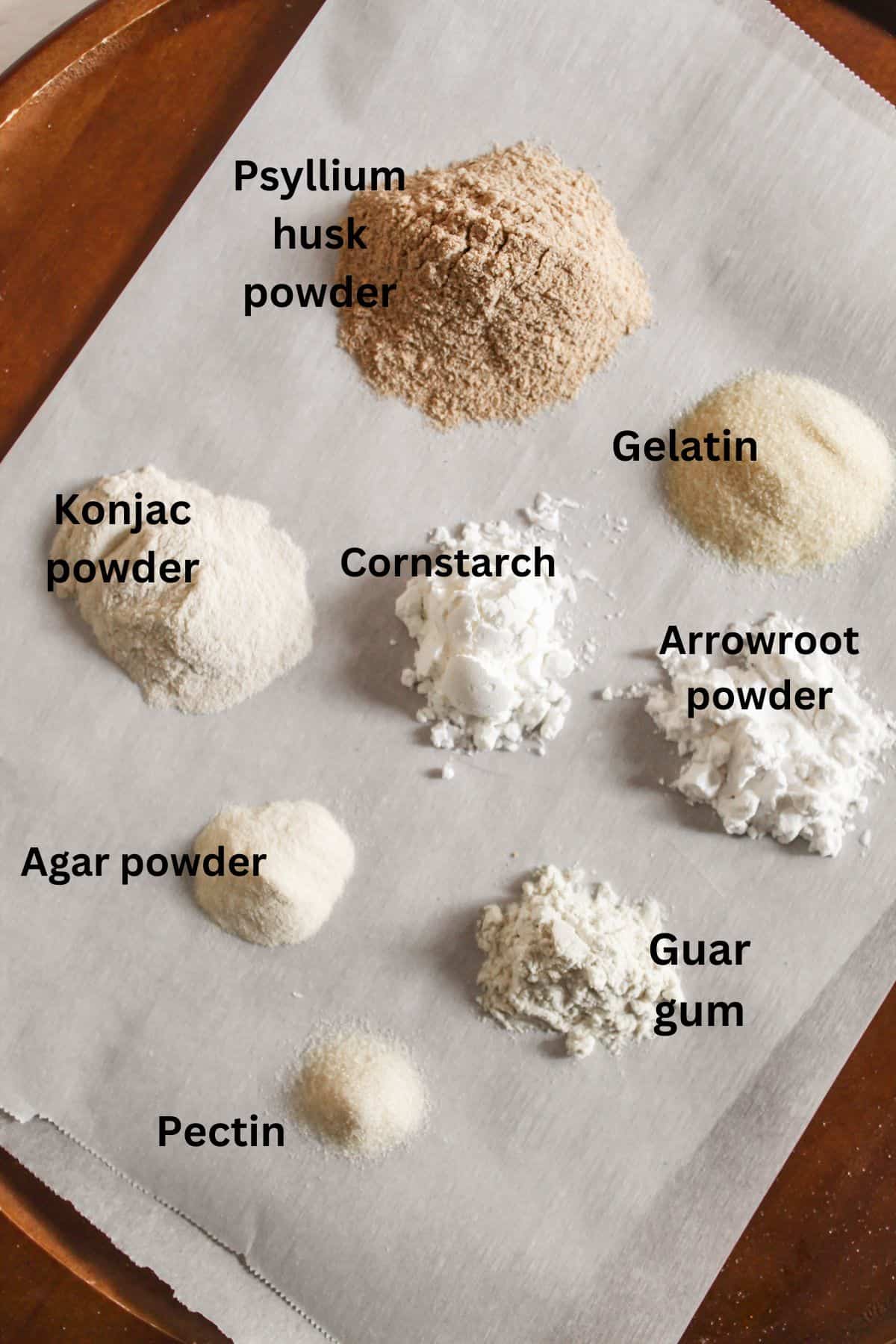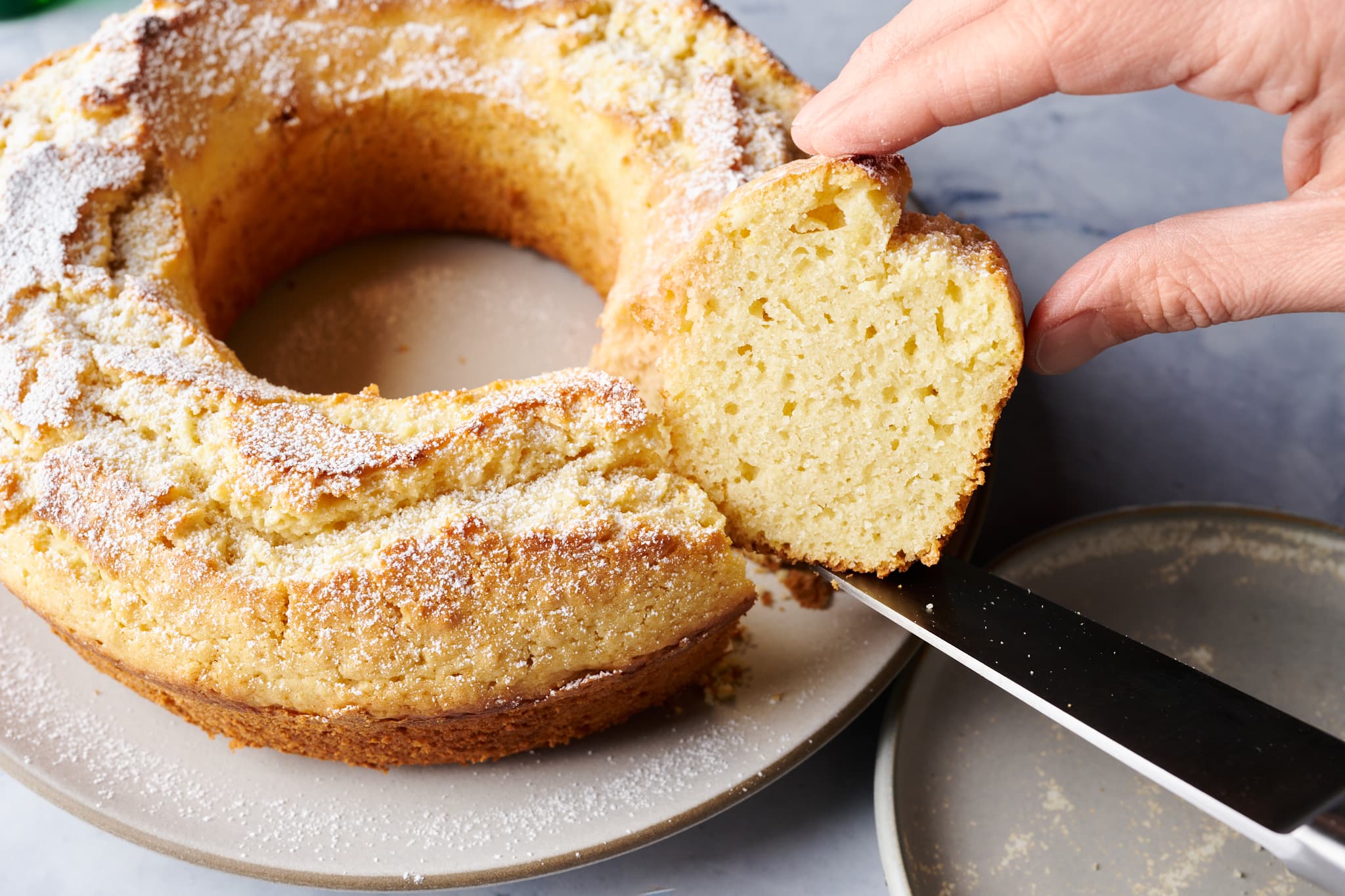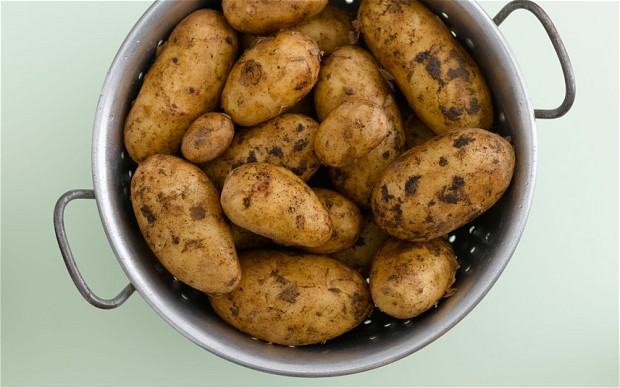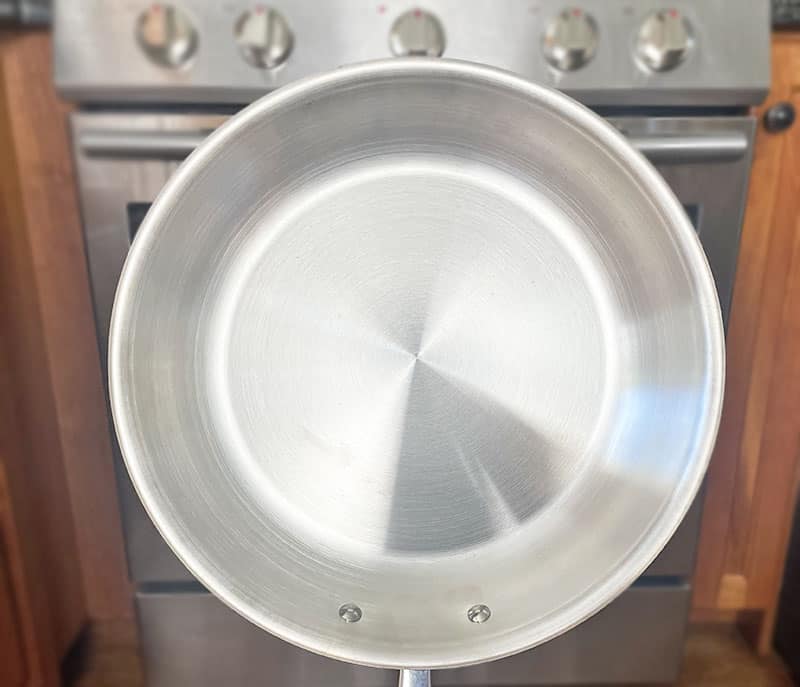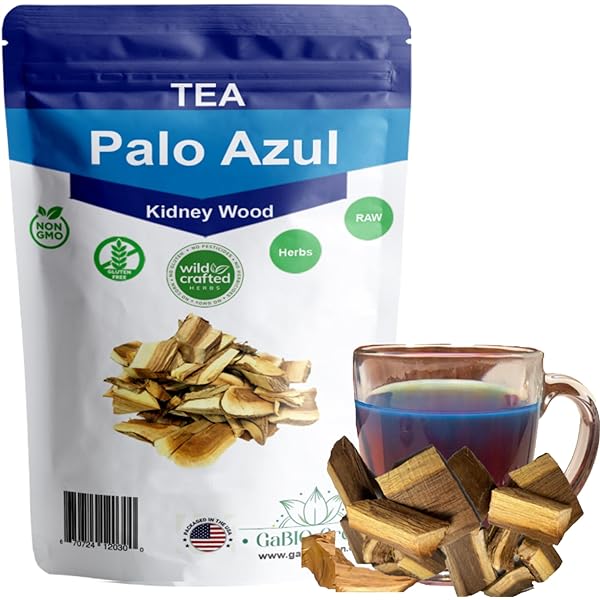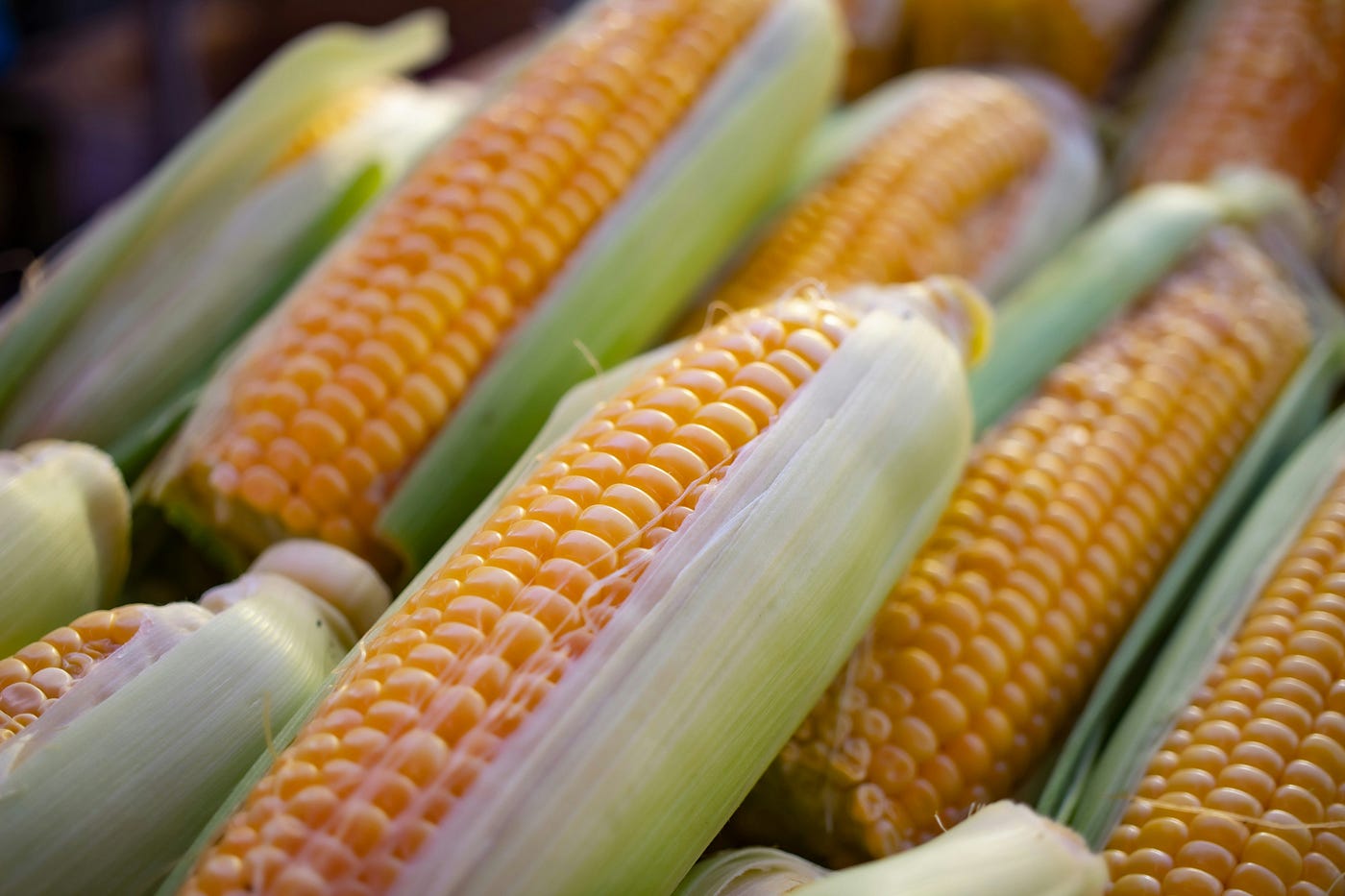What does root beer taste like?
– Root beer is a soda known for its spicy vanilla flavor.
– Some first-time root beer drinkers may think it tastes like mouthwash because one of the main ingredients is wintergreen flavor, which is also found in mouthwashes.
– Root beer originated from “small beers” made with herbs, berries, and bark by American colonists.
– A root beer recipe similar to the one we know today became popular in the 1870s, containing herbs, roots, and berries with medicinal properties.
– Root beer was first commercially sold as an extract in the 1880s and later sold in bottles by various manufacturers.
– During Prohibition, root beer became popular as an alternative to real beer.
– In 1976, the FDA banned the use of sassafras, an ingredient in root beer, due to its carcinogenic properties.
– Wintergreen became the new main flavor in root beer.
– Root beer is a soda with an elusive flavor profile that varies between brands and regions.
– The origins of root beer can be traced back to indigenous populations in early America, who used different parts of the sassafras tree to create medicinal tonics and cuisines.
– The roots of the sassafras tree provided the distinct flavor that we associate with root beer today.
– When colonists arrived in America, they learned the recipes for various food and drinks from the natives, including root beer.
– The colonists quickly acquired a taste for root beer and it became a favorite among 18th-century farmers.
– The early root beer recipes included ingredients such as sassafras root, sarsaparilla, dandelion root, guaiacum chips, and dog grass.
– The process of making early root beer involved boiling water, creating a wort, and adding sweeteners like molasses, honey, or maple syrup along with yeast.
– In 1875, Charles Hires discovered and developed a taste for an herbal “root tea” while on his honeymoon.
– He took the recipe back to Philadelphia and created the first commercial root beer.
– The recipe contained 16 ingredients and was introduced at the Philadelphia Centennial Exhibition in 1876.
– Hires later re-formulated the dry blend into a liquid concentrate with nearly 30 different herbs, berries, and roots.
– Other root beer brands, such as Barq’s, A&W, and Dad’s Old Fashioned, launched in the late 19th and early 20th centuries.
– A&W currently dominates root beer sales worldwide.
– There is no clear winner in terms of flavor preferences among root beer brands, as they vary in taste.
– Root beer has a variety of flavor profiles, with the most common being a wintergreen profile with secondary vanilla, anise, and herbal, earthy notes.
– Traditionally, root beer was made by blending the sassafras tree root with other herbs and spices to enhance the wintergreen quality or provide earthier, herbal flavors.
– Vanilla was later added to create a creamier, smoother profile and balance the bitterness.
– Over time, root beer has evolved and included various ingredients like allspice, burdock root, sarsaparilla root, yellow dock root, ginger root, juniper berries, wild cherry bark, birch bark, anise, lemon, and more.
– Modern root beer manufacturers use a combination of these ingredients along with flavorings, sweeteners, carbonation, and caffeine.
– There is no single way to make a great root beer product, allowing for creativity and innovation in the beverage industry.
Continue Reading
